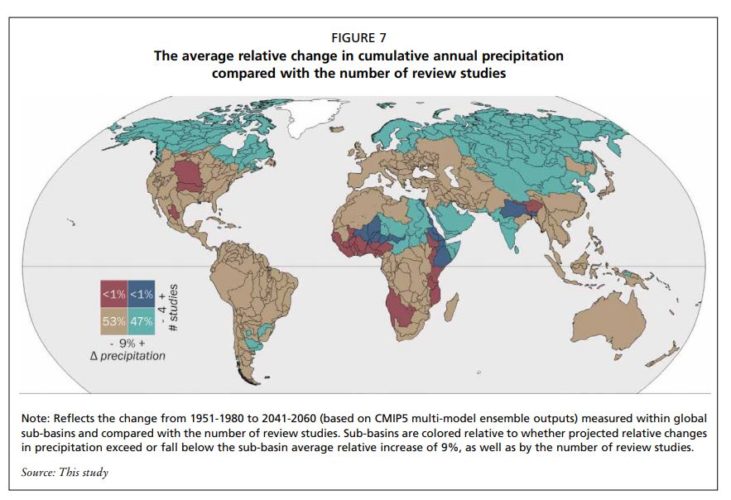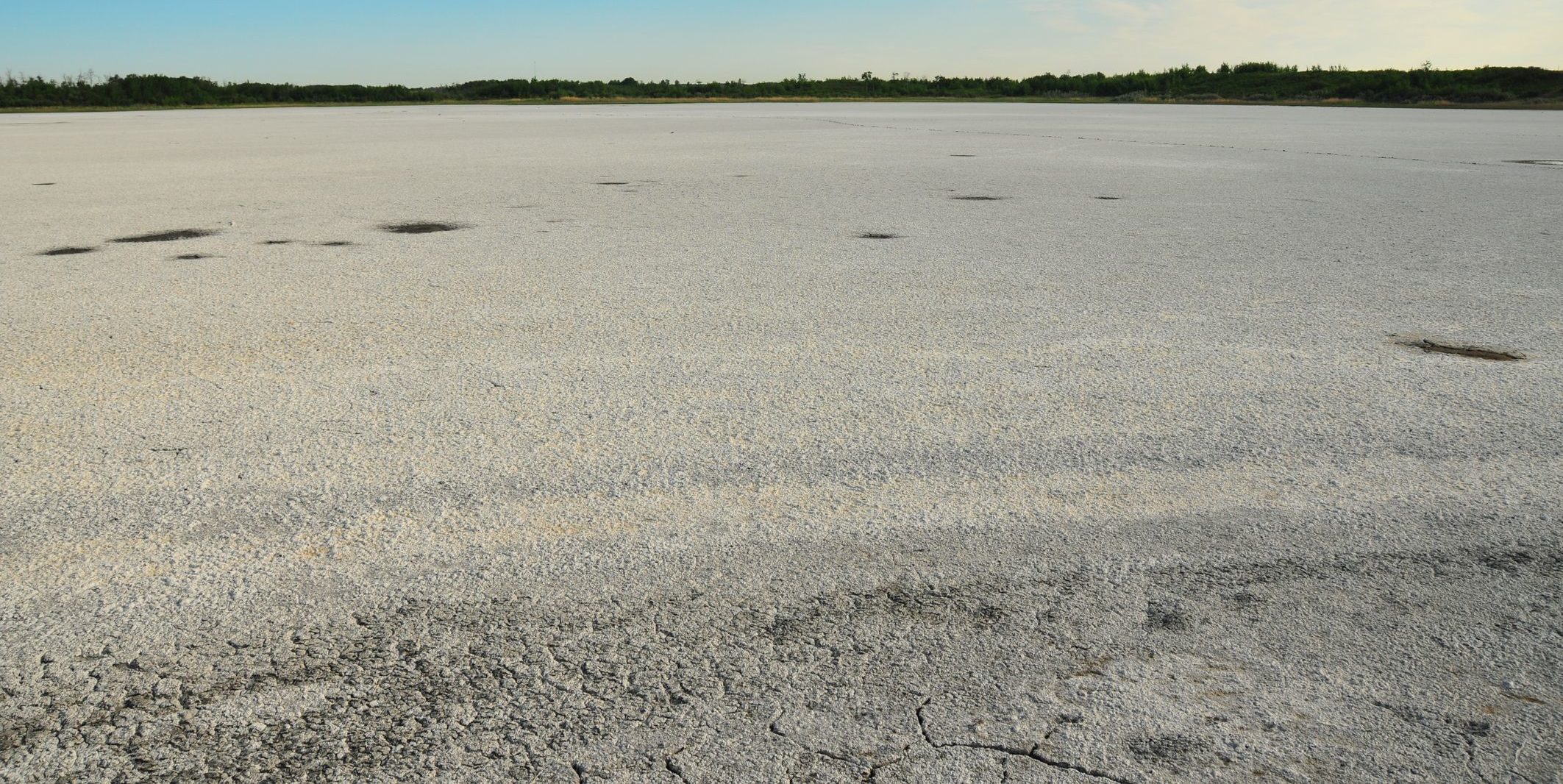During last week’s World Water Day, the launch of the Decade for Action on Water, and the 8th World Water Forum in Brasilia, the Food and Agriculture Organization of the United Nations (FAO), Global Water Partnership (GWP), and Oregon State University, released a review of research on water stress and human migration. The report, Water stress and human migration: a global, georeferenced review of empirical research, review more than 100 studies and analyzed the results to find commonalities and gaps in existing knowledge.
“Agricultural adaptation strategies affect many people’s need to migrate and should be explicitly factored into climate change and other policies. Analyzing water scarcity trends and engaging in preparedness are particularly valuable, allowing time to intervene to mitigate pressure for forced migration,” said Eduardo Mansur, director of FAO’s Land and Water Division.
A key finding of the report is that more information on the dynamics of the migration-water linkage is needed for India, Central Asia, the Middle East, and the Central Sahel—all areas that are expected to be among the earliest to face above-average surface temperature increases and intensifying water scarcity in the next 30 years.

The report also found that effective mitigation programming from governments is a strong indicator of whether out-migration occurs. In particular, the researchers found that data “…have shown that drought incidence is associated with out-migration in rural Canada, except in places where government relief programmes have mitigated the negative consequences of drought.” While the data supports that mobility is an effective and common human activity, it found that climate change will have a significant impact on forms of migration that jeopardize human security. “Such findings highlight the effects of intervention in ameliorating the environmental drivers of migration.”
“It is essential to make sure the interaction between water scarcity and migration does not become one of mutual aggravation,” said Olcay Unver, FAO’s deputy director of Land and Water.
The Decade of Action is taking note. At the World Water Forum, five organizations affirmed a commitment to collaborate on actions to improve global water security: The World Bank Water Global Practice, 2030 Water Resources Group, GWP, World Water Council, and UN Global Compact’s CEO Water Mandate.
“The Global Water Partnership is prepared to offer its on-the-ground multi-stakeholder networks to advance better water governance. It is time for policy makers to make SDG6 implementation a top priority,” said Dr. Oyun Sanjaasuren, chair, GWP.
The organizations agreed to:
- Take into account the outcomes of the 8th World Water Forum;
- Endorse the recommendations of the High-Level Panel on Water, Making Every Drop Count;
- Recognize the Sustainable Development Goal (SDG 17) that promotes partnerships as a key means of implementation of the 2030 development agenda—in particular for the implementation of the Sustainable Development Goals calling for a Water Secure World (SDG6);
- Commit to convene a series of discussions between the leaders of the organizations, starting in August 2018; and
- Explore and agree on pathways towards improving global coordination and collaboration among these and other organizations.













